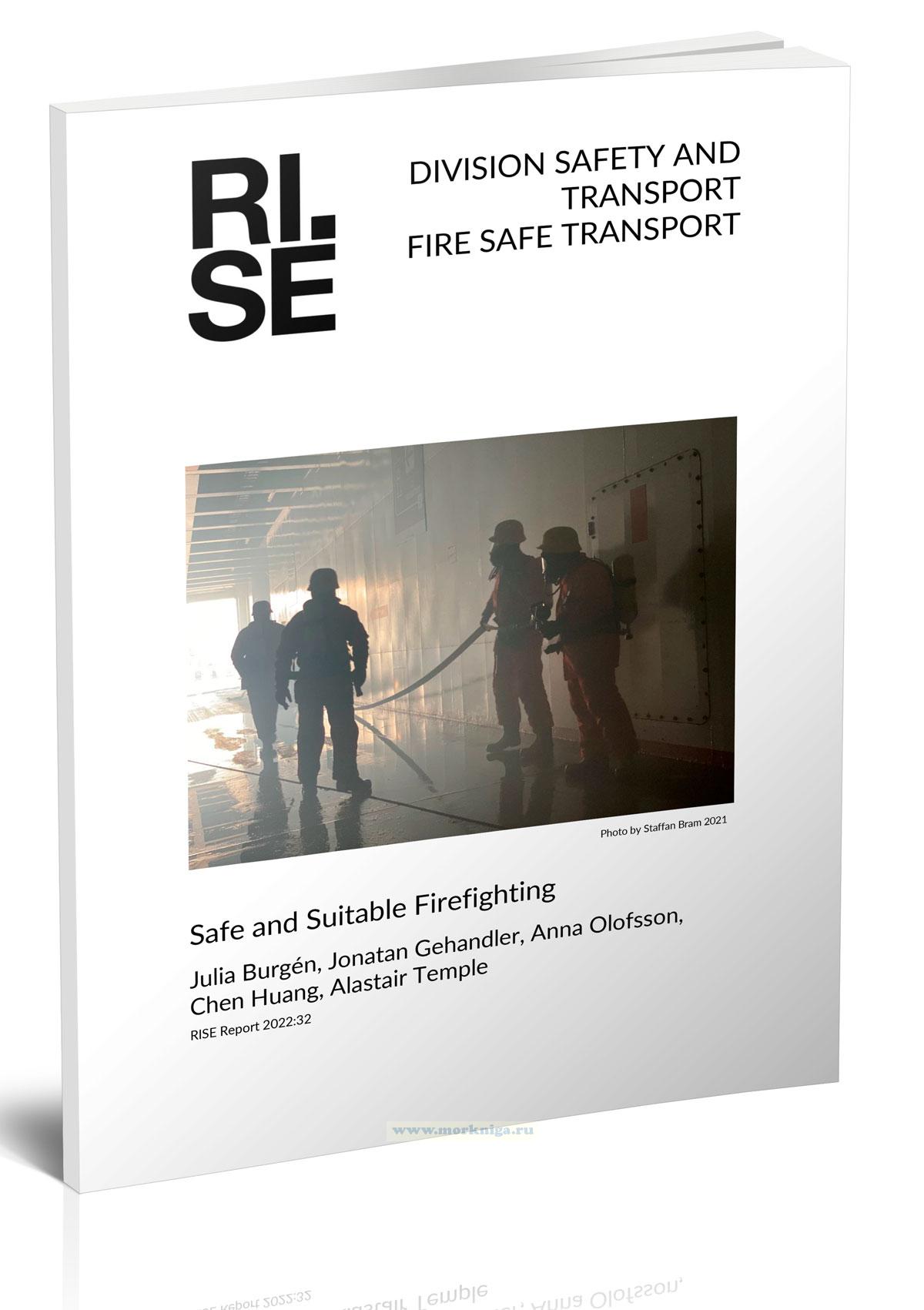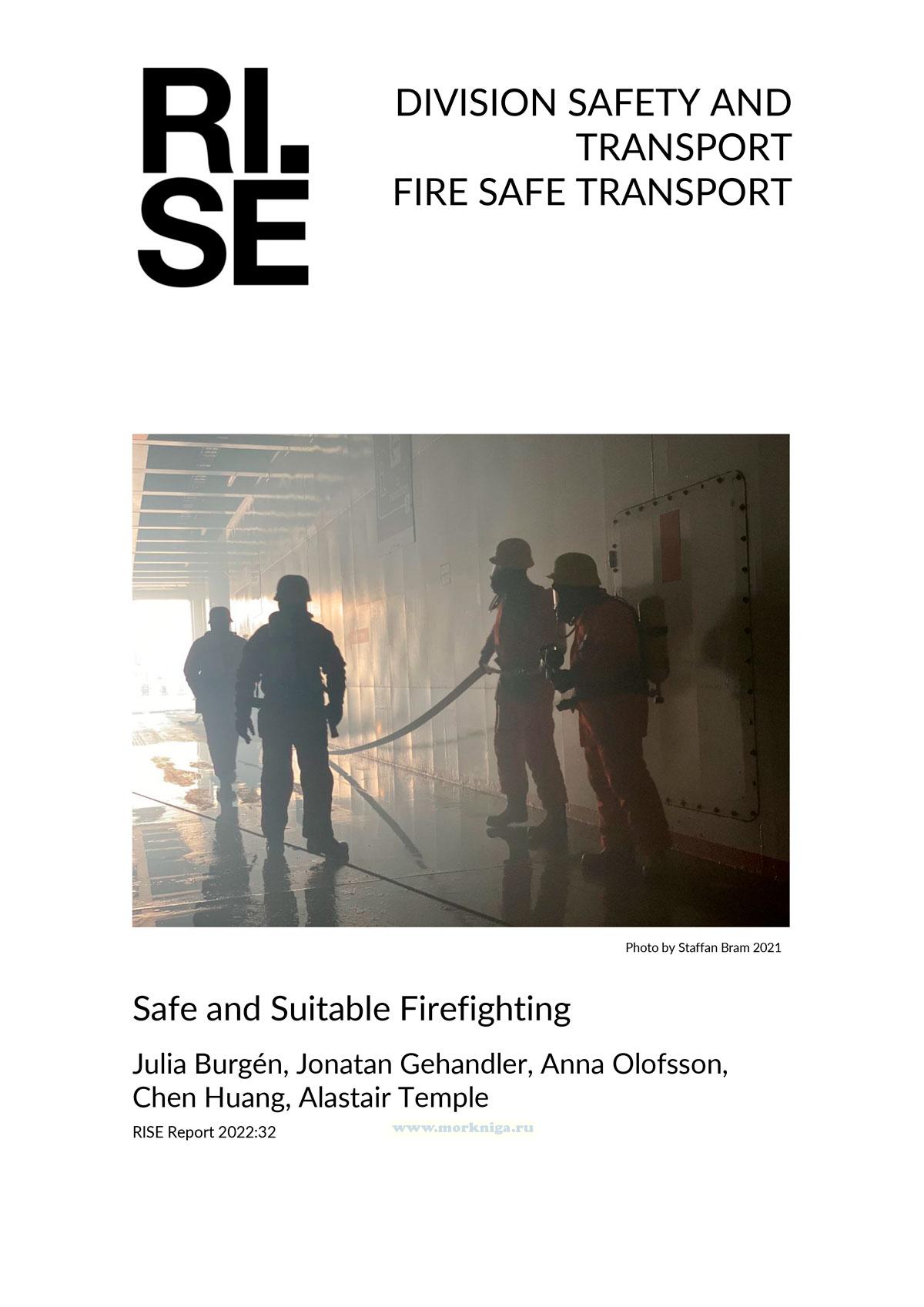Safe and suitable firefighting/Пожаротушение: безопасное и практичное
Книга на английском языке
The level of protection for personal protective equipment (PPE) in firefighting is important for Swedish shipowners; they want to be sure that the equipment they provide is sufficiently safe for the types of fires that can occur onboard. Shipowners also want to be updated on risks related to the carriage of alternative fuel vehicles (AFVs). Safety products and equipment used onboard ships with a European flag must be certified in accordance with the Marine Equipment Directive (MED) and follow the regulations in the International Convention for the Safety' of Life at Sea (SOLAS) . For fire suits, this means that they must be certified according to one of three standards listed in MED. Two of these standards cover suits used in special cases, with very intense radiant heat, and should only be worn for short periods. The third standard. EN 469, is the same standard that is referred to the PPE Regulation 2016/42, making EN 469-approved fire suits used among European firefighters ashore. However, EN 469 contains two different performance levels where the lower level is not suitable for protection against risks encountered when fighting fires in enclosures. Based on a user study and a risk assessment for AFVs, a set of suggested changes to MED and SOLAS were prepared, together with a set of recommendations for operators that were found important but not subject for regulations. A ready-to-use quick guide, containing the most important results, has been developed for operators.
Contents
List of abbreviations
Summary
1 Introduction
1.1 Background
l.2 Purpose and objective
1.3 Delimitations
1.4 Method
2 Compilation of requirements
2.1 SOLAS and the Fire Safety Systems Code
2.2 Marine Equipment Directive (MED)
2.3 Non-EU standards for firefighters’ outfit
3 User study
3.1 MED approval from different perspectives
3.2 Firefighting onboard from a safety perspective
3.3 Firefighter's outfit
4 Risk analysis
4.1 Likelihood
4.2 Toxic gases
4.3 Pressure vessel explosions on ro-ro deck
4.4 Jet flames
5 Recommendations
5.1 Recommended changes to MED
5.2 Recommended changes to SOLAS and to FSS Code
5.3 Recommendations for buyers and/or suppliers
6 Discussion
6.1 The conflict between market and regulations
6.2 Risks from new energy carriers
6.3 Limitations of the study
6.4 Other possible recommendations
7 References
Appendix A. Quick guide
Appendix B. Test standards: safety requirement matrix
Appendix C. Firefighter boots, beat insulation and marking symbols
Appendix D. Pressure vessel explosion model validation

